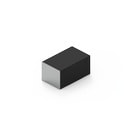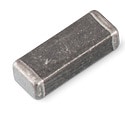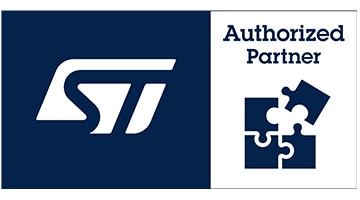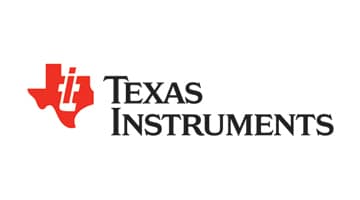Texas Instruments TPS62821 | Demoboard TIDA-01579
High efficiency, low-output ripple power supply reference design for imaging application
Details
| Topologie | Abwärtswandler |
| Eingangsspannung | 5 V |
| Ausgang 1 | 1.1 V |
| IC-Revision | E1 |
Beschreibung
The point-of-load power-tree on video surveillance systems is optimized with this reference design. This reference design has a high performance on key parameters such as output voltage accuracy, voltage ripple, and thermal dissipation. This high performance is possible with a small board area and low BOM cost. This design operates from a 5-V supply commonly found in video doorbells, IP network cameras, and wireless cameras.
Eigenschaften
- 1% typical output voltage accuracy
- High system efficiency to 90% at full load
- Voltage ripple < 60-μV, useful for noise-critical peripherals
- Thermal hot spot is < 45°C at full load current
- Power supply spur free dynamic resolution greater than 80dBSmall form factor
Typische Anwendungen
- POL supply in Portable/Battery Powered Devices
- Mobile Computing, Networking Cards / Solid State Drive / Data Terminal, Point of Sale / Servers, Projectors, Printers
- Factory and Building Automation
Weiterführende Informationen
Artikeldaten
| Artikel Nr. | Datenblatt | Simulation | Downloads | Status | Produktserie | L (µH) | ISAT1 (A) | ISAT2 (A) | RDC max. (mΩ) | fres (MHz) | Z @ 100 MHz (Ω) | Zmax (Ω) | Testbedingung Zmax | IR (A) | Z @ 1 GHz (Ω) | H (mm) | Typ | Muster | |
|---|---|---|---|---|---|---|---|---|---|---|---|---|---|---|---|---|---|---|---|
 | 74479275210 | SPEC Anstehende PCNAufgrund einer anstehenden PCN wird in Kürze eine Änderung am Bauteil durchgeführt. Anbei finden Sie die entsprechende PCN. Bei weiteren Fragen wenden Sie sich bitte an Ihren Vertriebsmitarbeiter. | 10 Dateien | Aktiv i| Produktion ist aktiv. Erwartete Lebenszeit: >10 Jahre. | WE-PMCI Power Molded Chip Induktivität | 1 | 1.55 | 3.45 | 75 | 120 | – | – | – | 3.3 | – | 1 | – | ||
 | 74279220601 | SPEC | 10 Dateien | Aktiv i| Produktion ist aktiv. Erwartete Lebenszeit: >10 Jahre. | WE-MPSB EMI Multilayer Power Suppression Bead | – | – | – | 80 | – | 600 | 551 | 108 MHz | 2.1 | 103 | 0.9 | Hochstrom |
| Artikel Nr. | Datenblatt | Simulation | |
|---|---|---|---|
 | 74479275210 | SPEC Anstehende PCNAufgrund einer anstehenden PCN wird in Kürze eine Änderung am Bauteil durchgeführt. Anbei finden Sie die entsprechende PCN. Bei weiteren Fragen wenden Sie sich bitte an Ihren Vertriebsmitarbeiter. | |
 | 74279220601 | SPEC |
| Muster |
|---|
| Artikel Nr. | Datenblatt | Simulation | Downloads | Status | Produktserie | L (µH) | ISAT1 (A) | ISAT2 (A) | RDC max. (mΩ) | fres (MHz) | Z @ 100 MHz (Ω) | Zmax (Ω) | Testbedingung Zmax | IR (A) | Z @ 1 GHz (Ω) | H (mm) | Typ | Muster |
|---|






